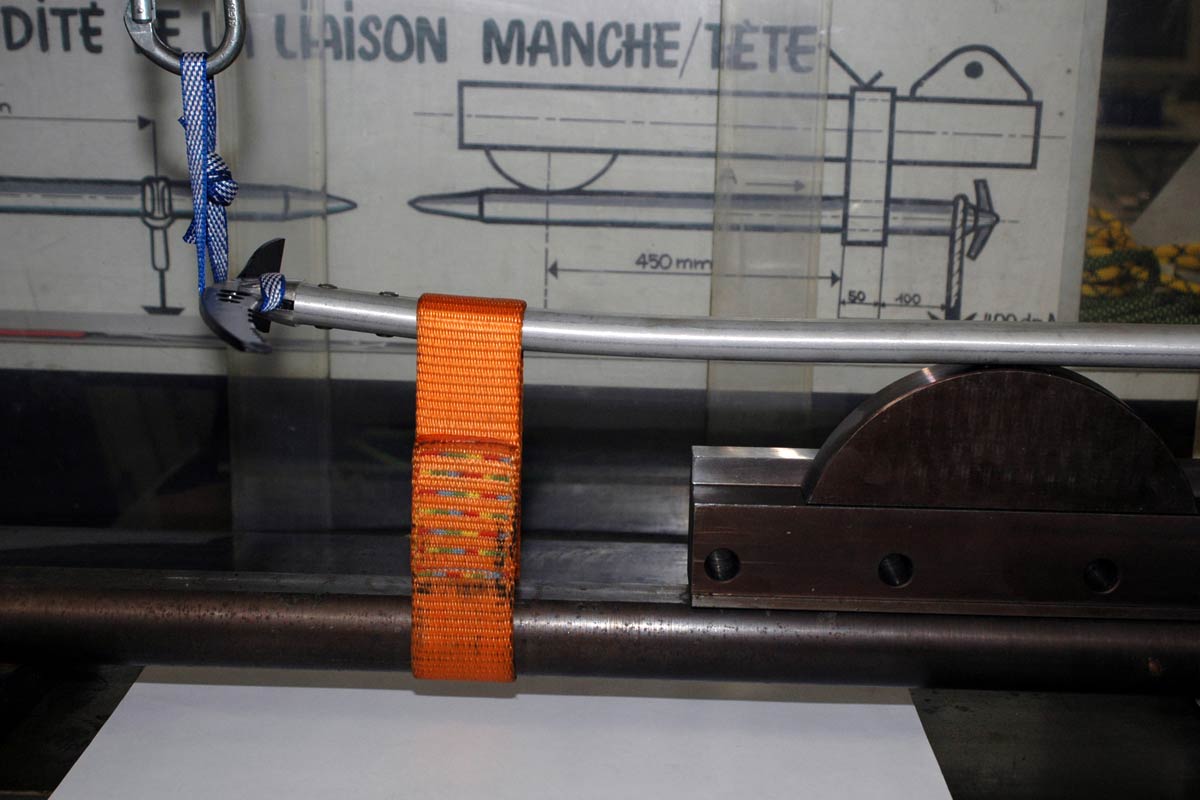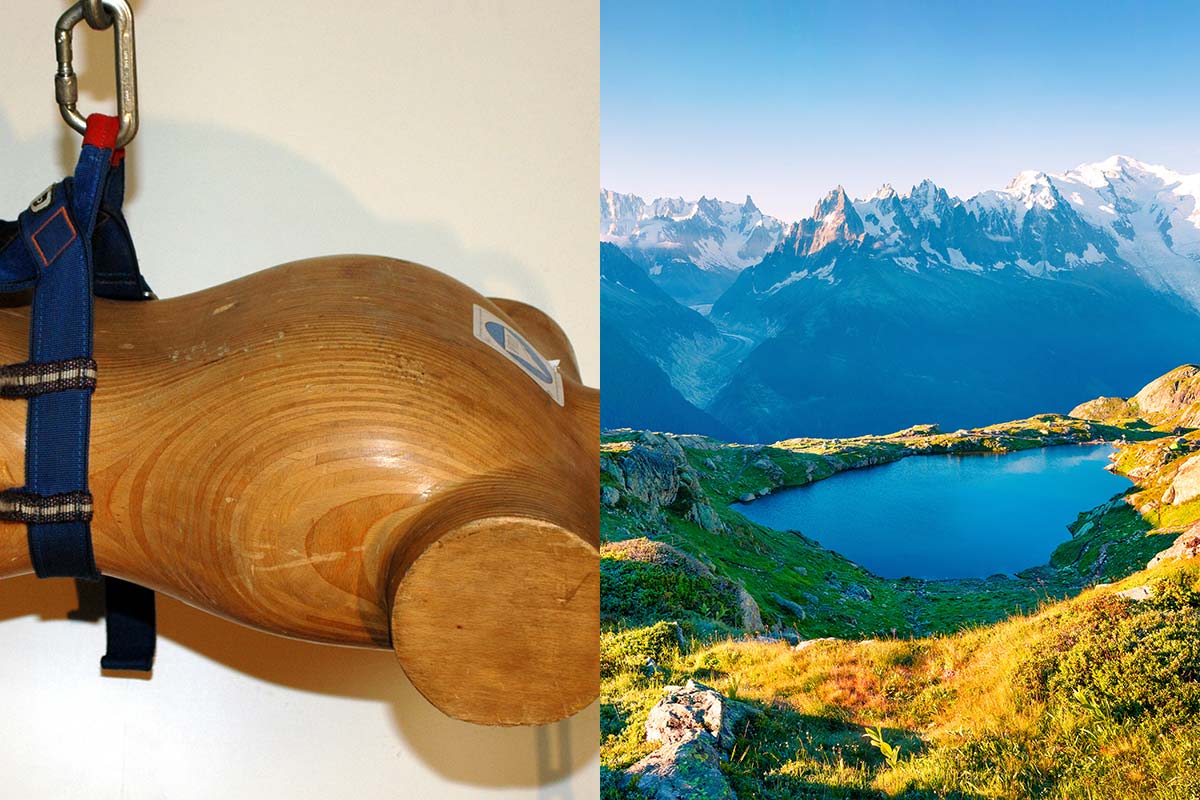Engineer and mountaineer Pit Schubert has been elected the UIAA’s latest honorary member, in thanks for his extensive work on making the sport safer. The German climber played a major role in establishing the UIAA Safety Label standards for mountaineering equipment.
From 1973 until 2004, Schubert was a member of the UIAA Safety Commission and for the last eight years he served as president. He founded the Safety Commission of the German Alpine Association (DAV) in 1968 and was the association’s safety director for 32 years.
Originally Pit Schubert trained as a mechanical engineer and worked for 15 years in the aeronautics and space industries. In 1978 he began working full time with mountaineering safety research, but took with him a lot of inspiration from his previous career.
“When I started my work on safety for climbers and mountaineers in 1968, it was very easy to make big developments because there was a lot left to do,” Schubert told the UIAA. “At that time man was making the first flight to the moon a reality, but we were still using ice axes with wooden shafts – which could break on the first use on the ice – so a lot of things were waiting to be done.”
Safety standards only existed for ropes and karabiners, while there are now UIAA standards for 19 categories of climbing and mountaineering equipment. “It was very important for me that with any improved technique or piece of equipment the chance of survival for myself while climbing and mountaineering became better and better,” says Schubert.
In 1976, he lost his toes to frostbite while doing the first ascent of the south face of Annapurna, but this did not stop his mountaineering career. “I made the experience that toes are not necessary for climbing, mountaineering or skiing and I do all kinds of mountaineering sports as before – adapted to my age,” Schubert says.
Born on December 2, 1935 in Breslau, Pit Schubert started climbing at the age of 17 and became one of the first Germans to scale the three classic big north faces of the Alps: Eiger, Matterhorn and Grandes Jorasses. His climbing career includes almost 50 first ascents in the Alps, and several first ascents in Greenland and the Himalayas.
His friend Carlo Zanantoni told the UIAA a story of Schubert’s attention to detail and love of the mountains: Before they met, Zanantoni was staying at the Vaiolet hut in the Dolomites near the the imposing 500m wall of the Pala di Socorda. This has a particularly interesting route on the right edge overcome by Pit Schubert and Klaus Werner in 1970. “During a quiet evening at the Vaiolet hut, my attention was drawn to the hut book that a few people were commenting on; a closer look at the book revealed a description of a new route made with an accuracy that I never found anywhere else,” says Zanantoni. “It was the route in question, described pitch by pitch, and for each pitch length and details about difficulties, used pitons, as well as natural means of protection. That was an astonishing piece of professional work.”
Pit Schubert remains positive about how the sport of mountaineering and climbing is developing and only has one concern: that the greater focus on completing climbs and expeditions as fast as possible enhances the possibility of making dangerous mistakes under stress. “Life is so beautiful that we should not increase the risks while climbing and mountaineering more than really necessary,” he says.
The other living UIAA Honorary members are Walter Bonatti, Robbert Leopold, William Lowell Putnam and Jordi Pons-Sangines.
For more information about Pit Schubert, please read his Honorary member profile.


